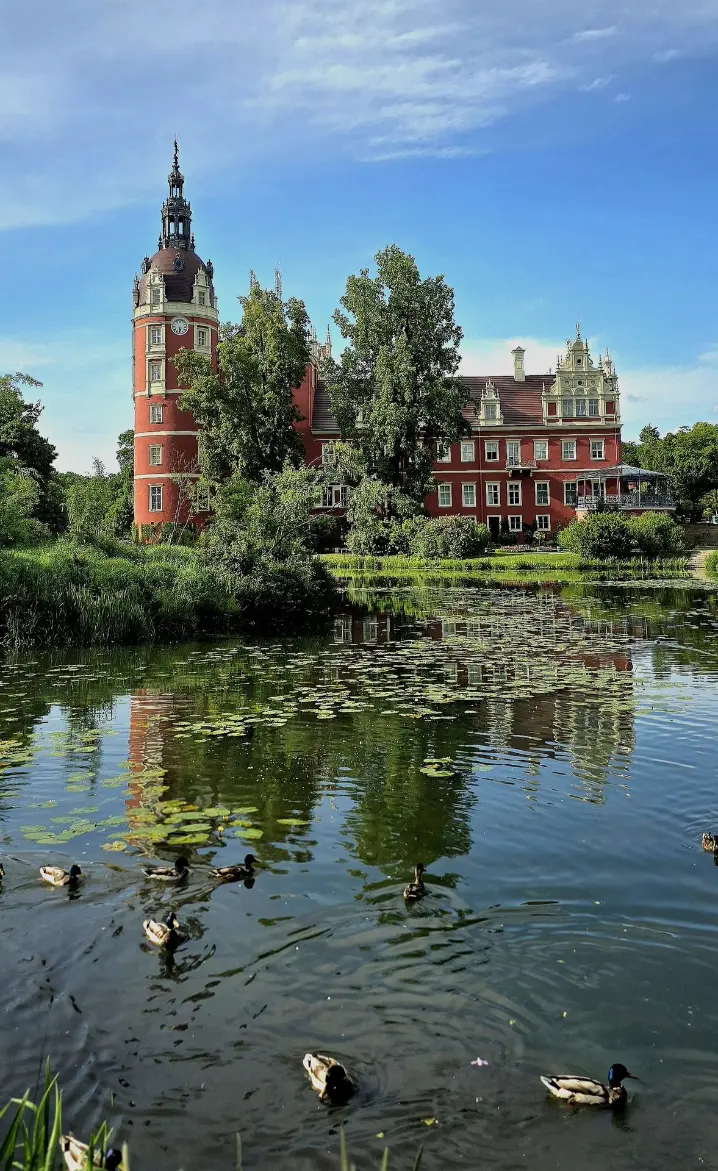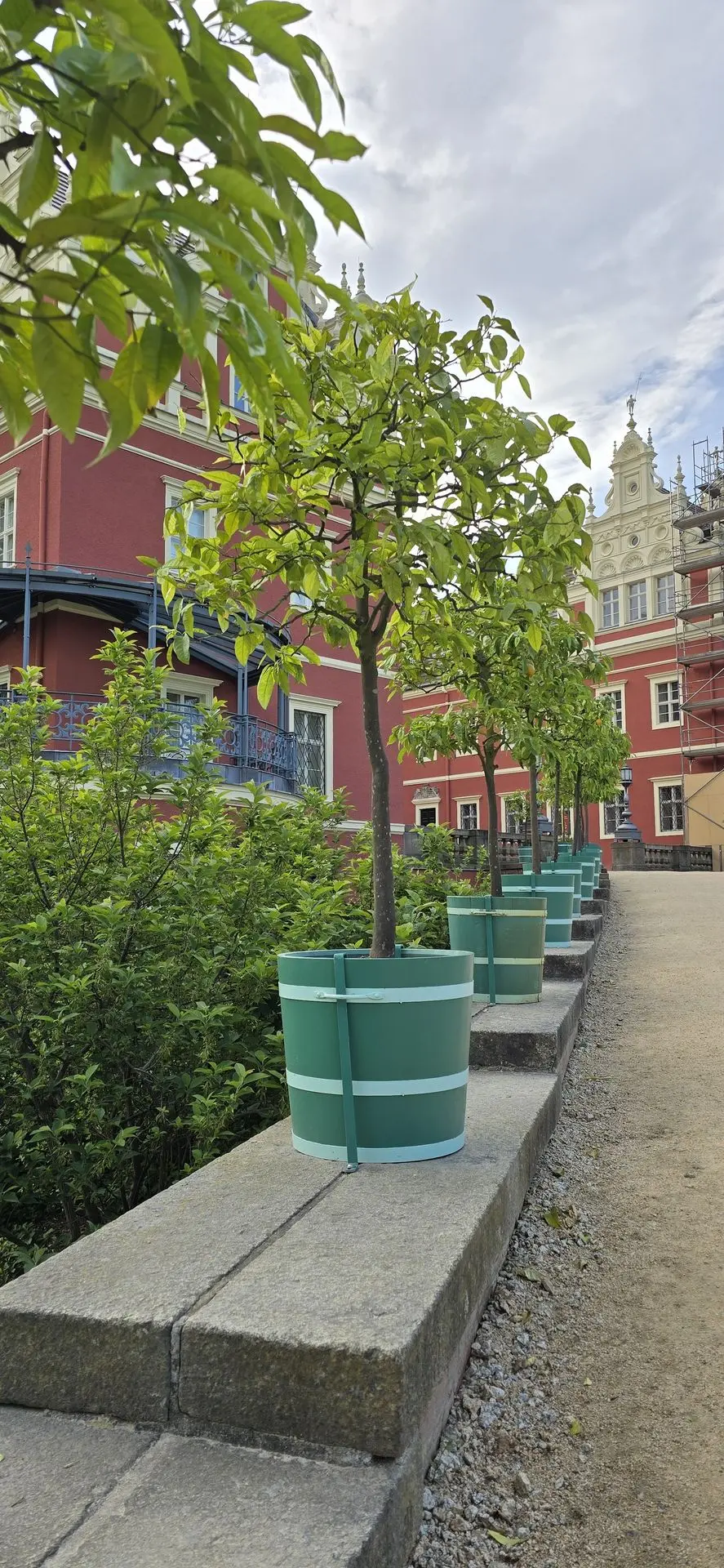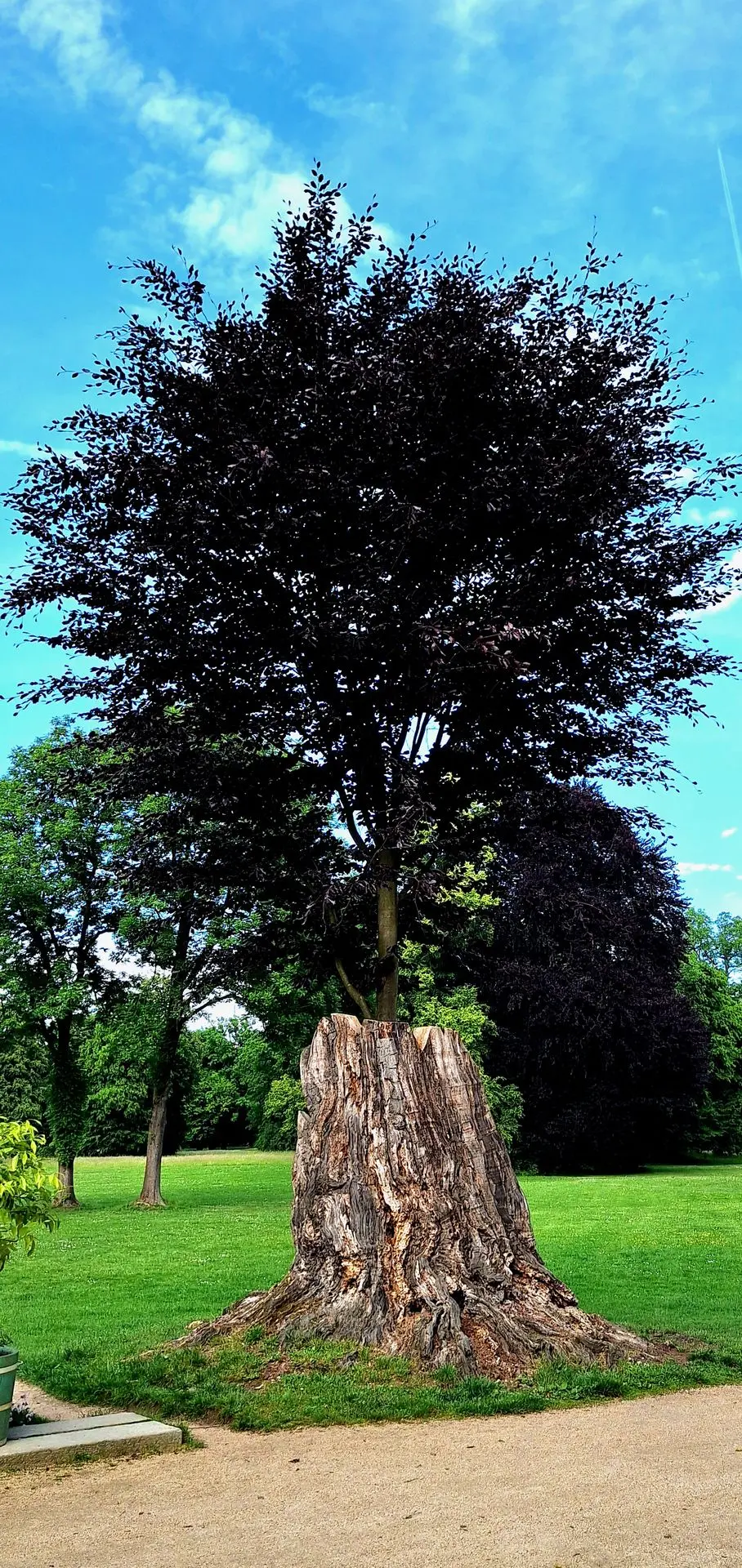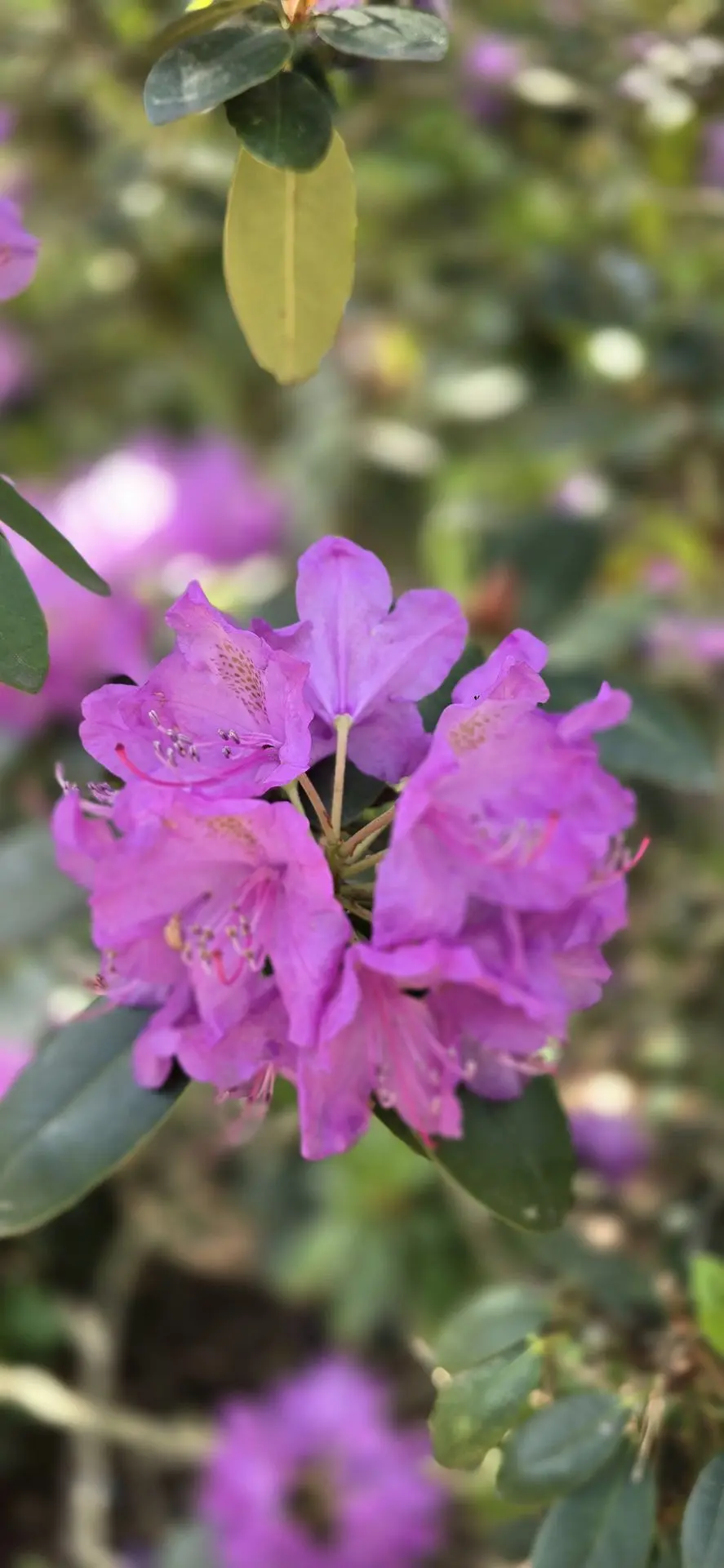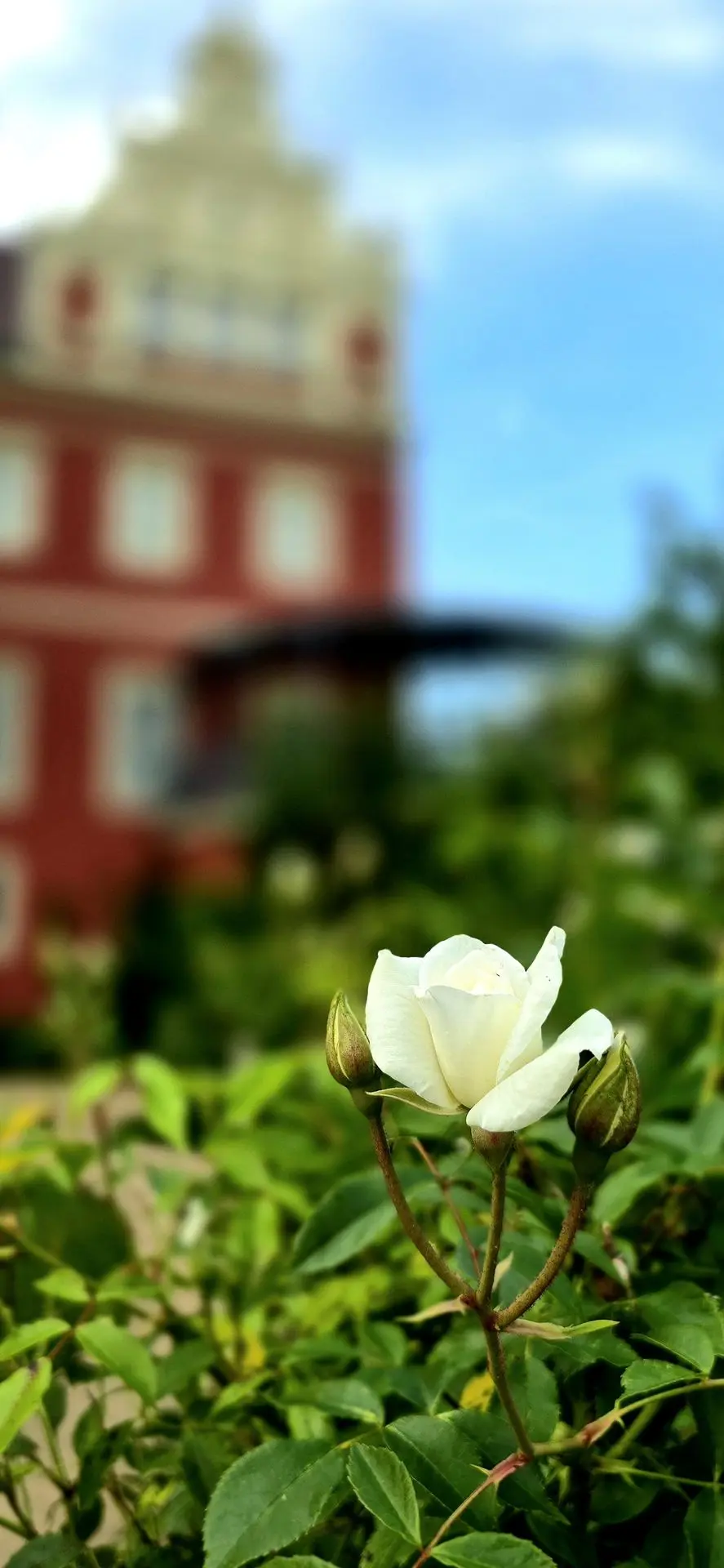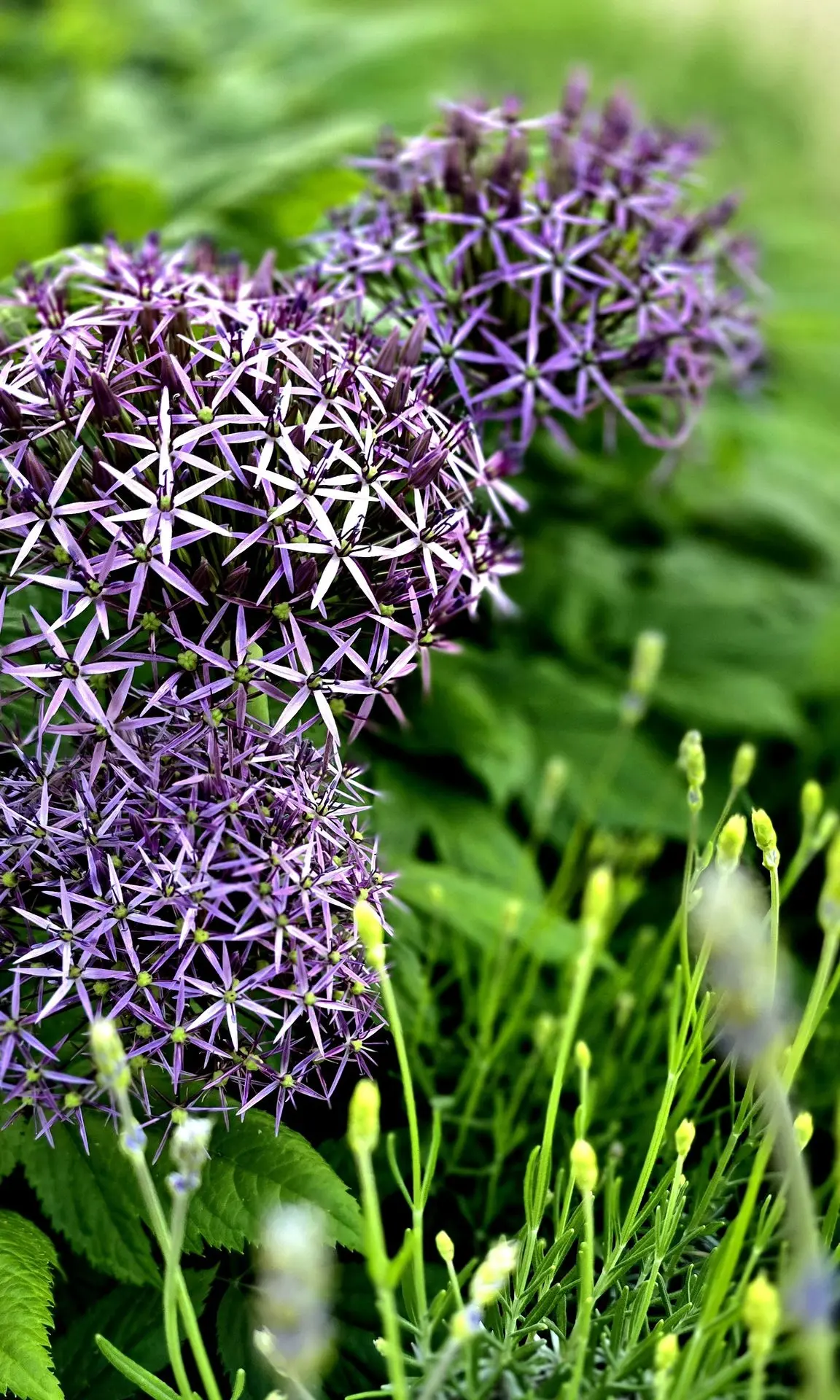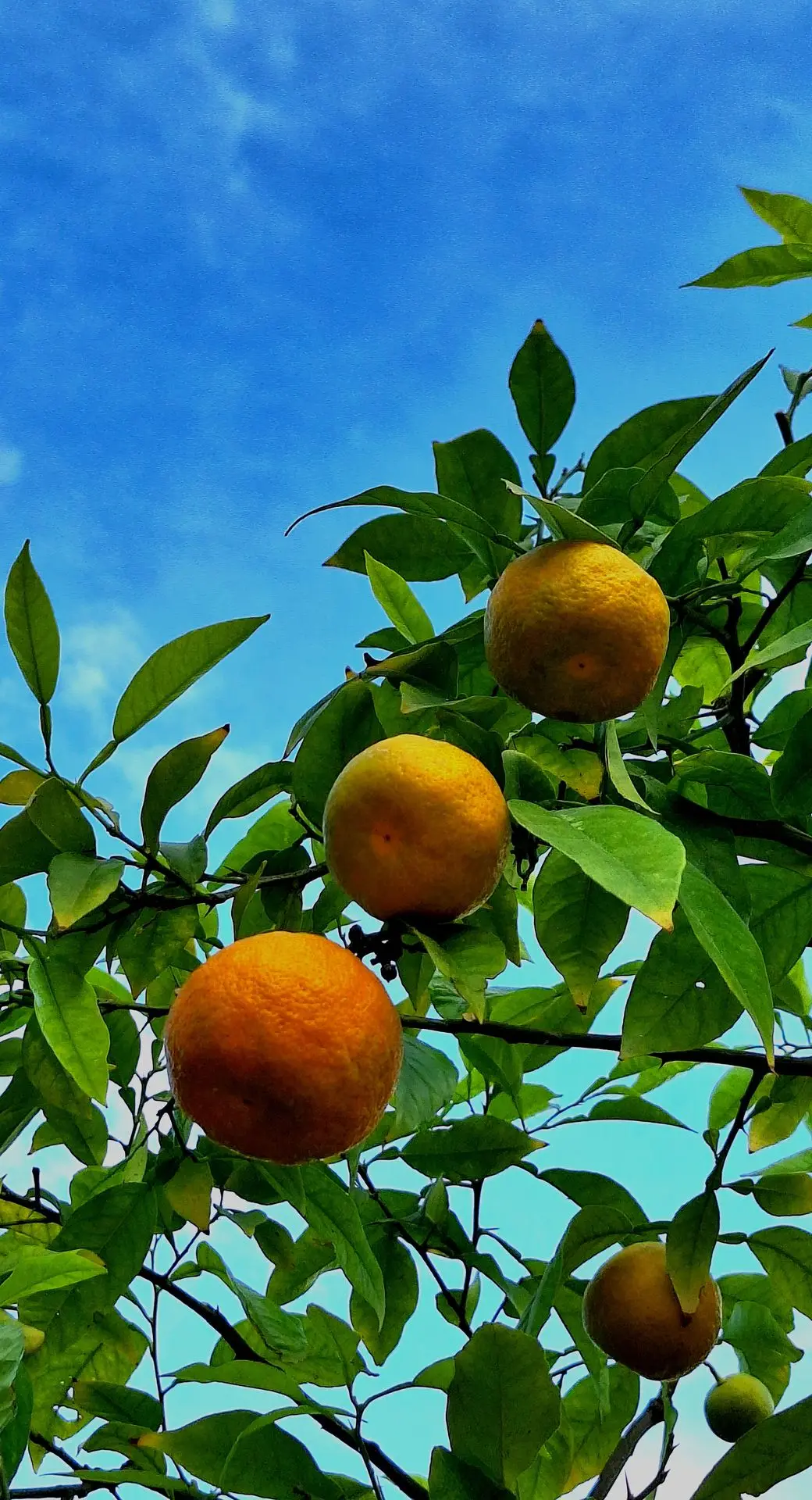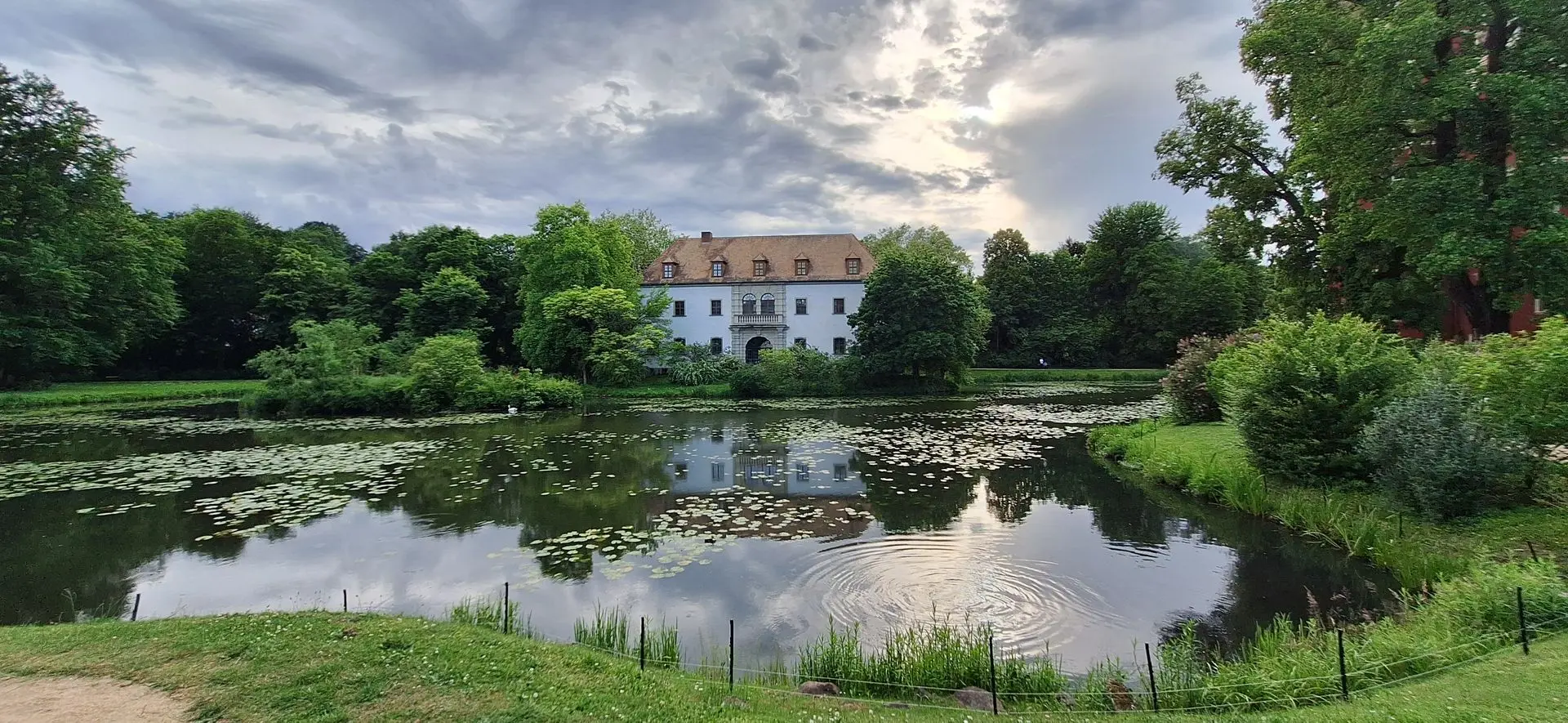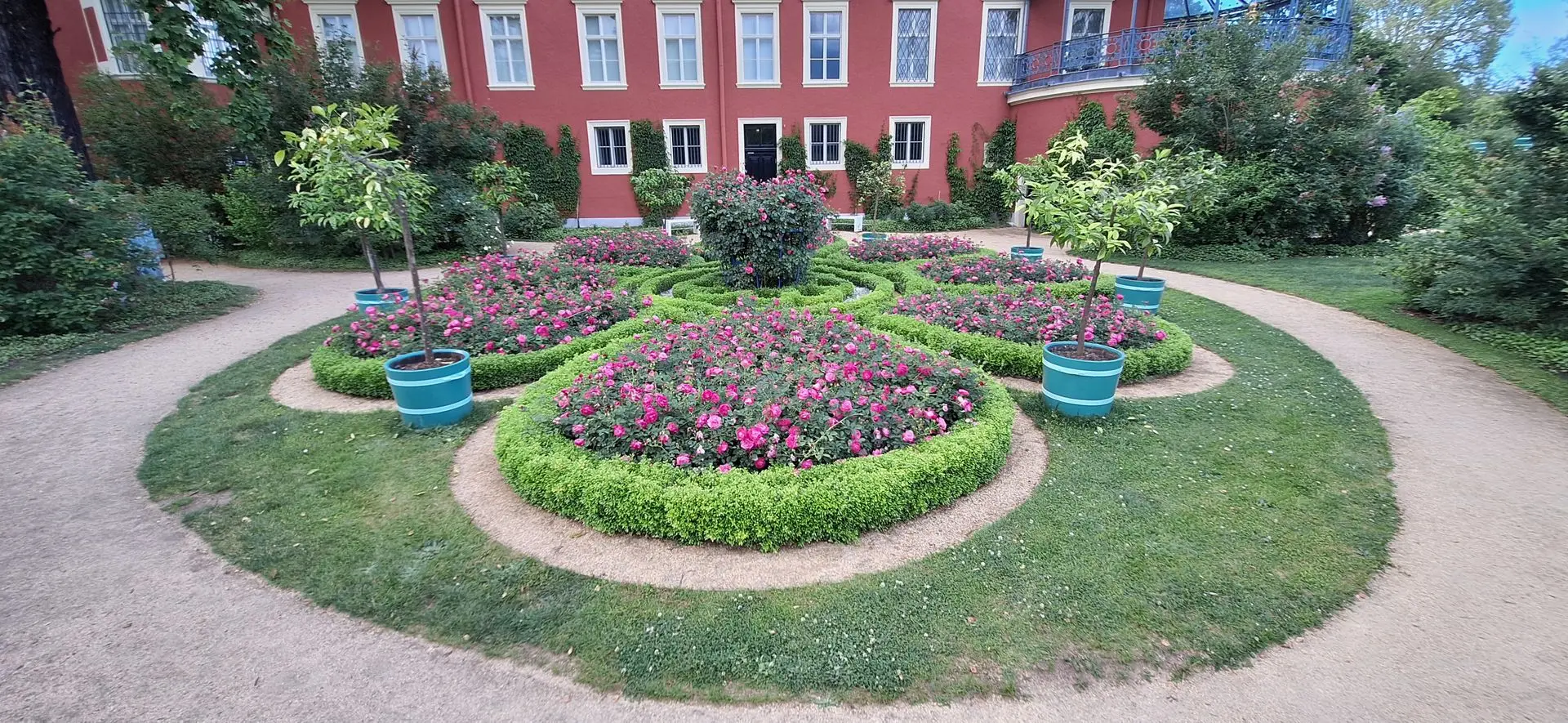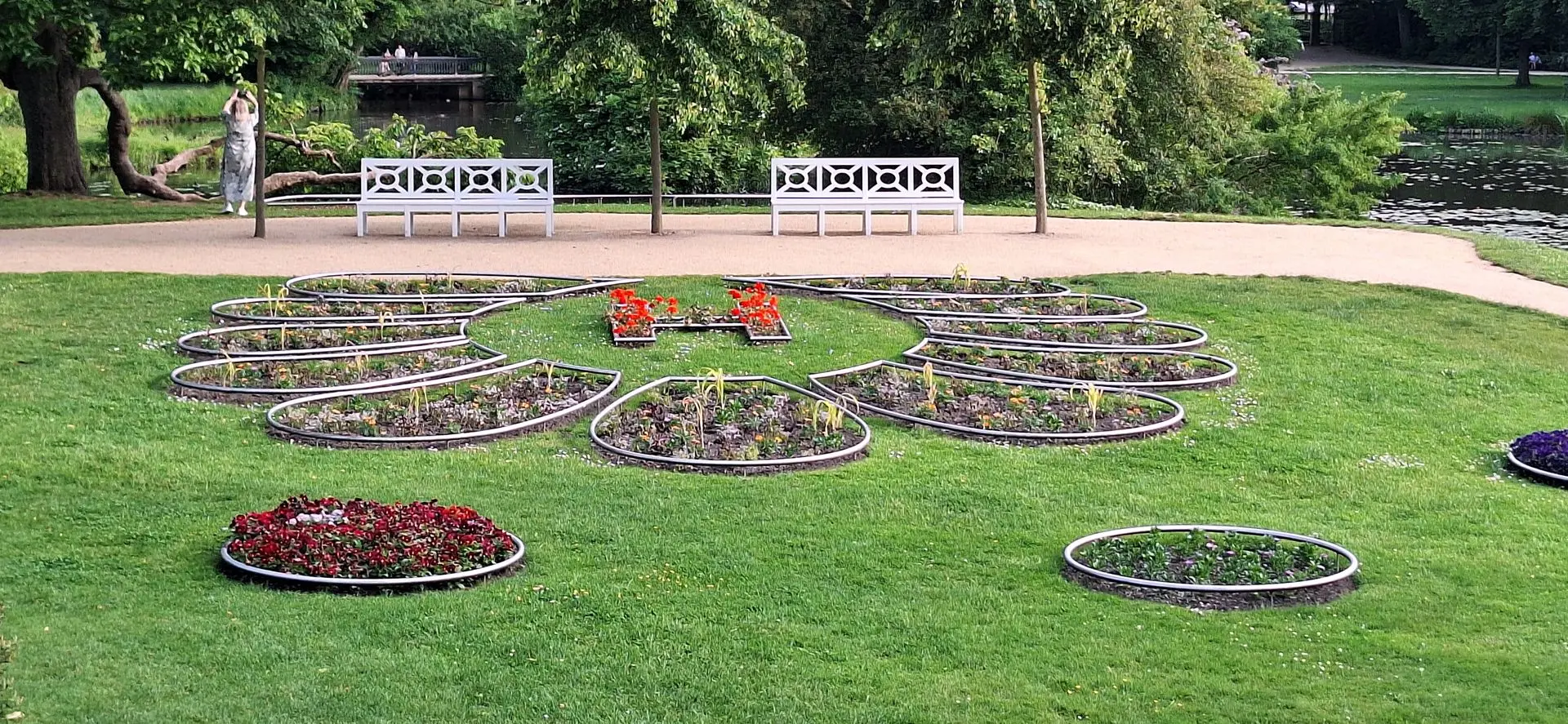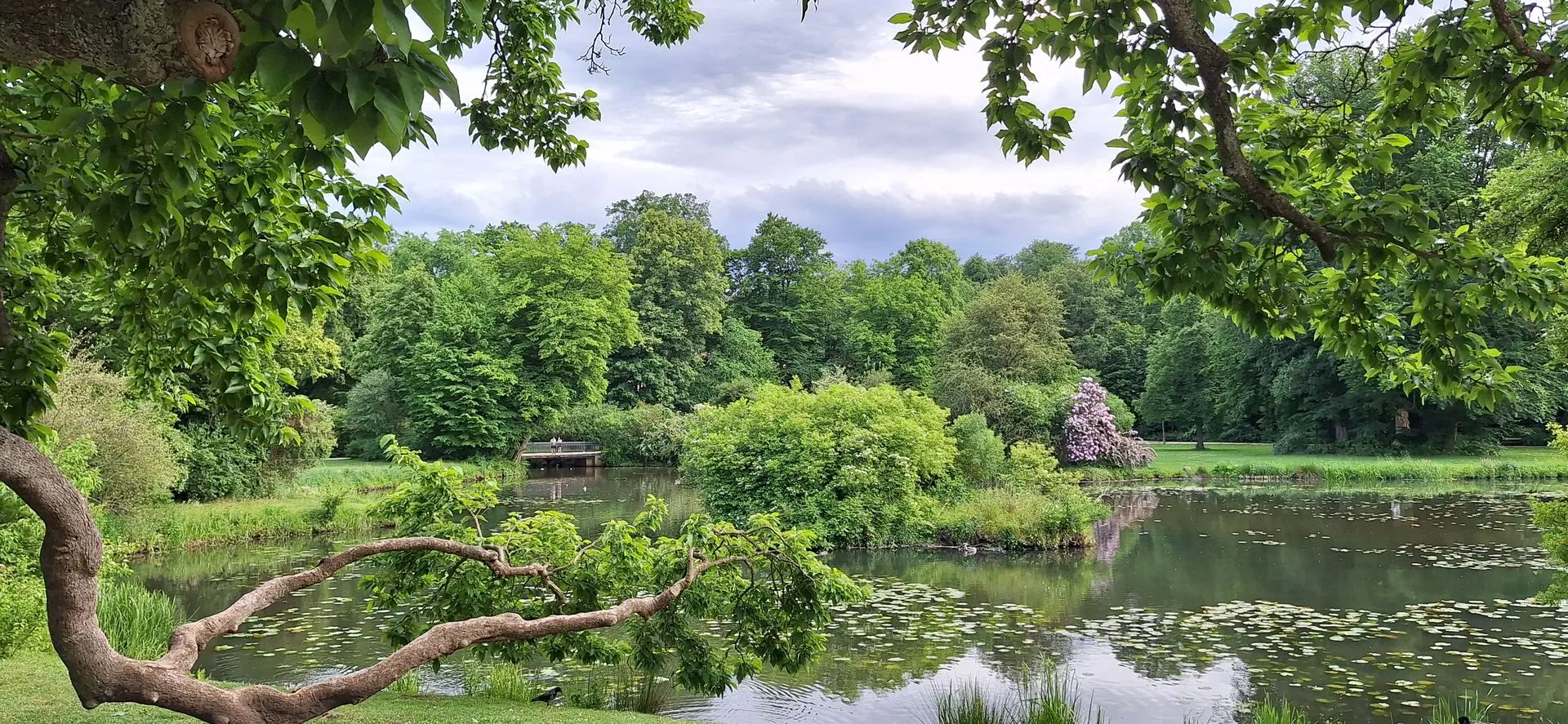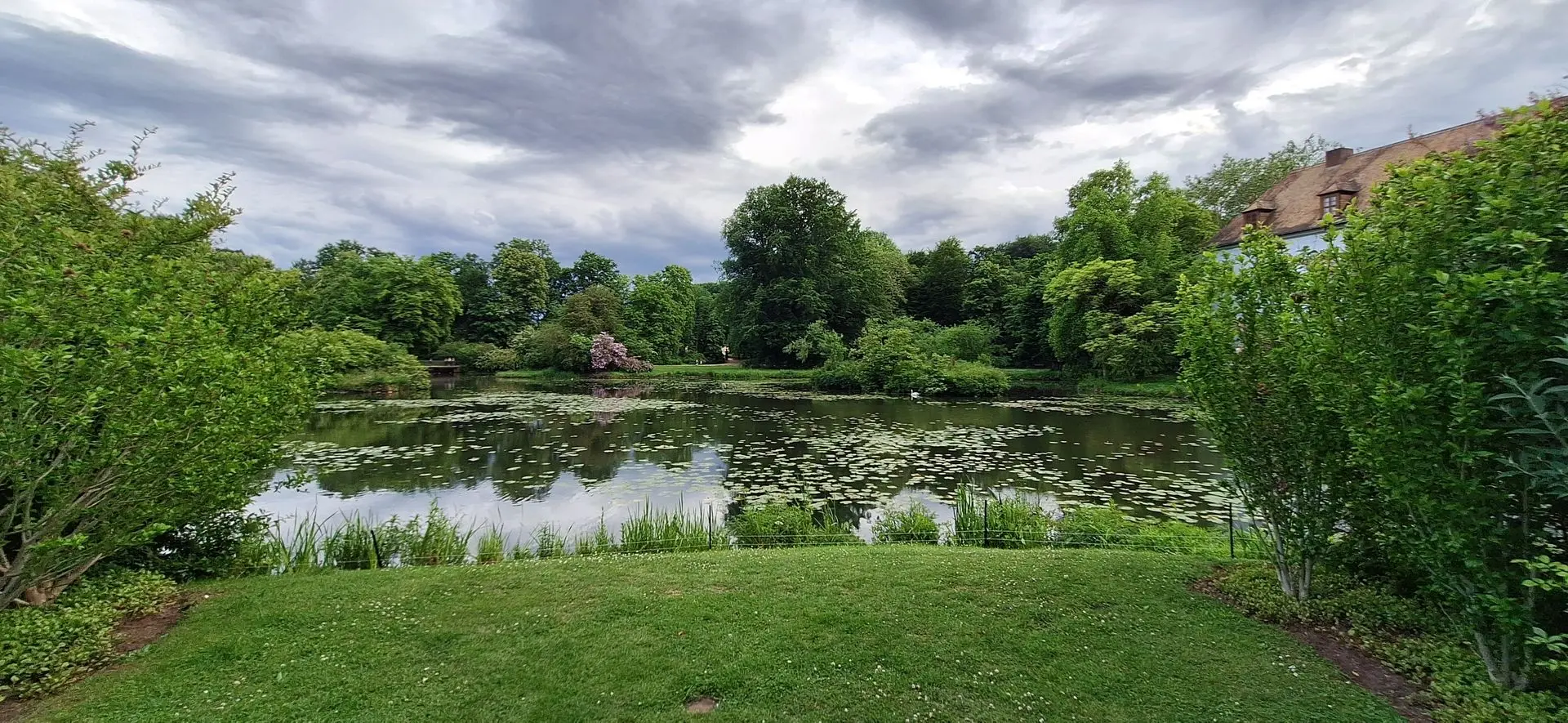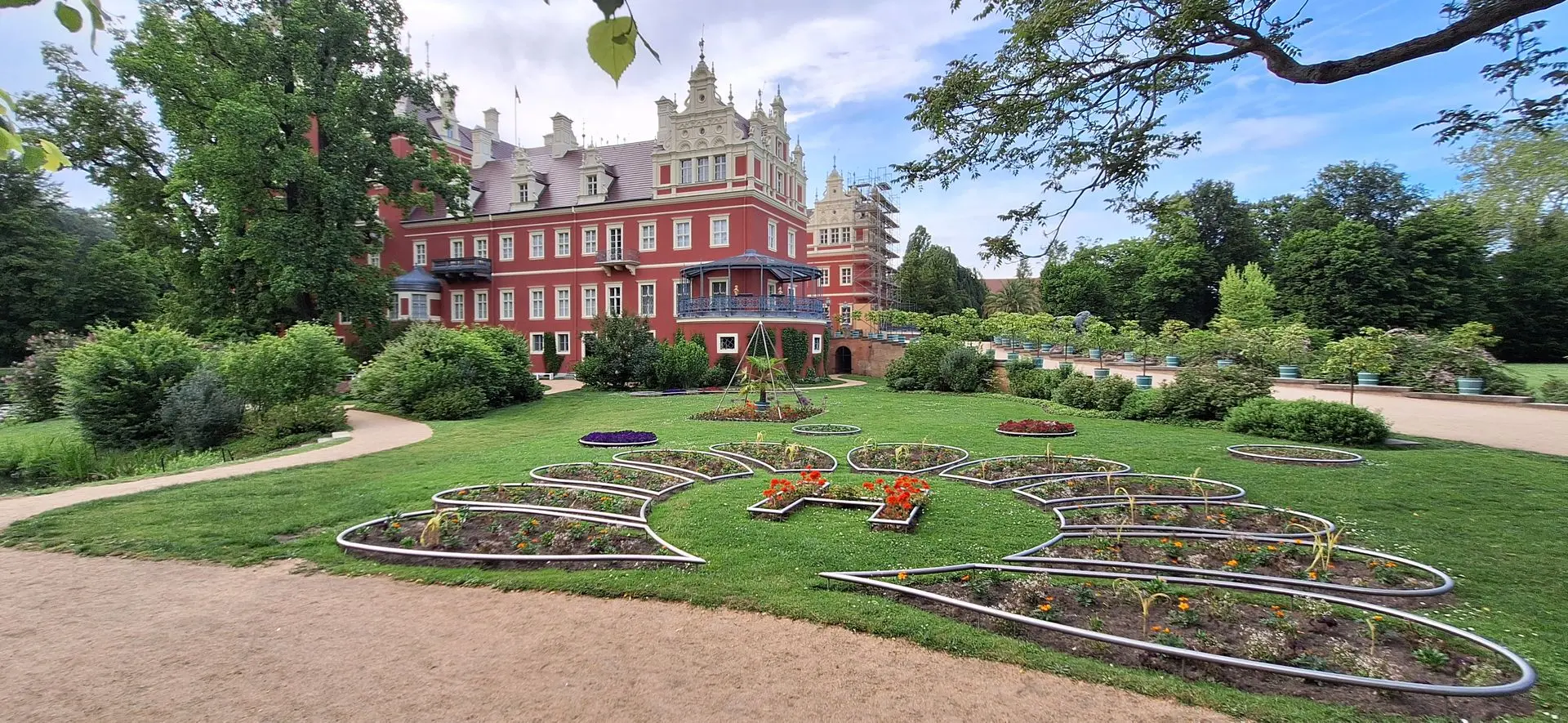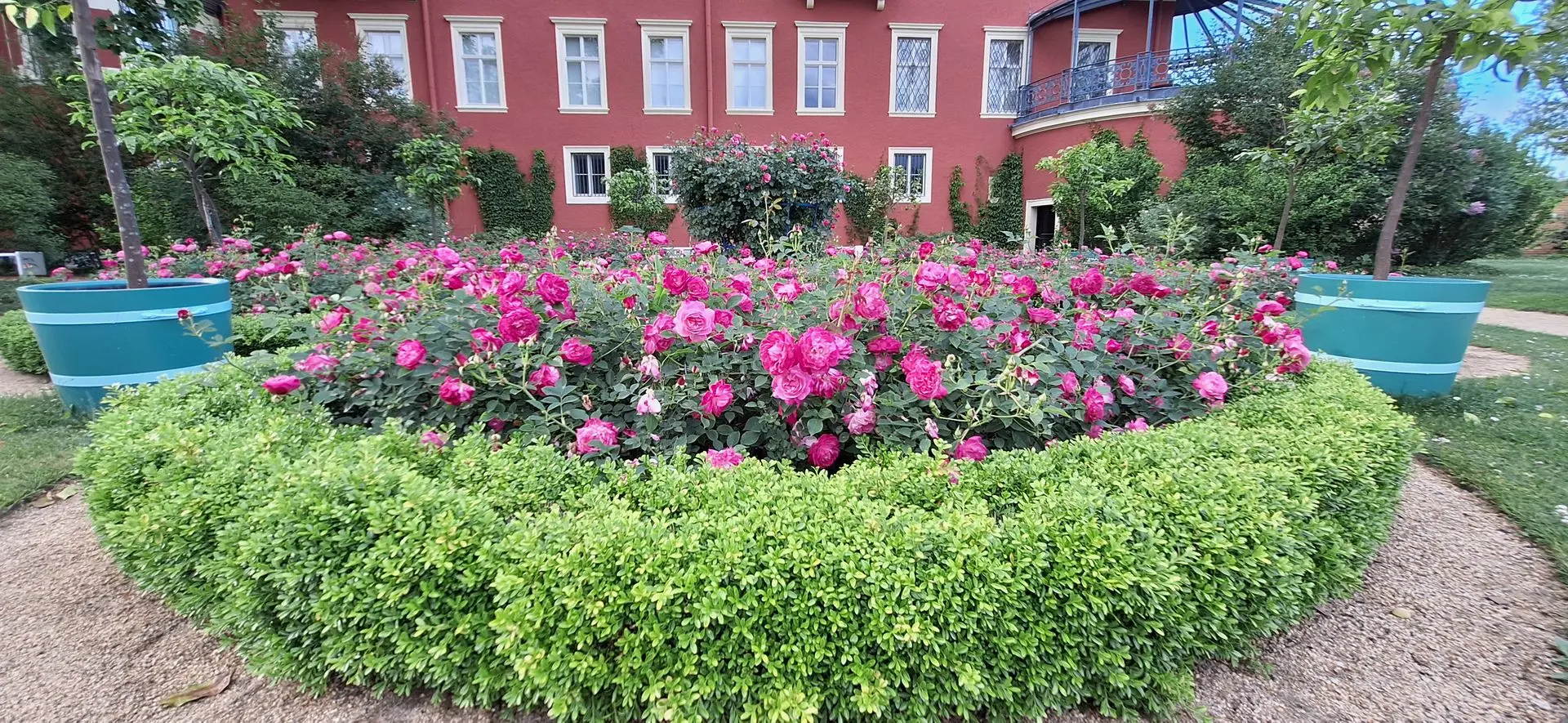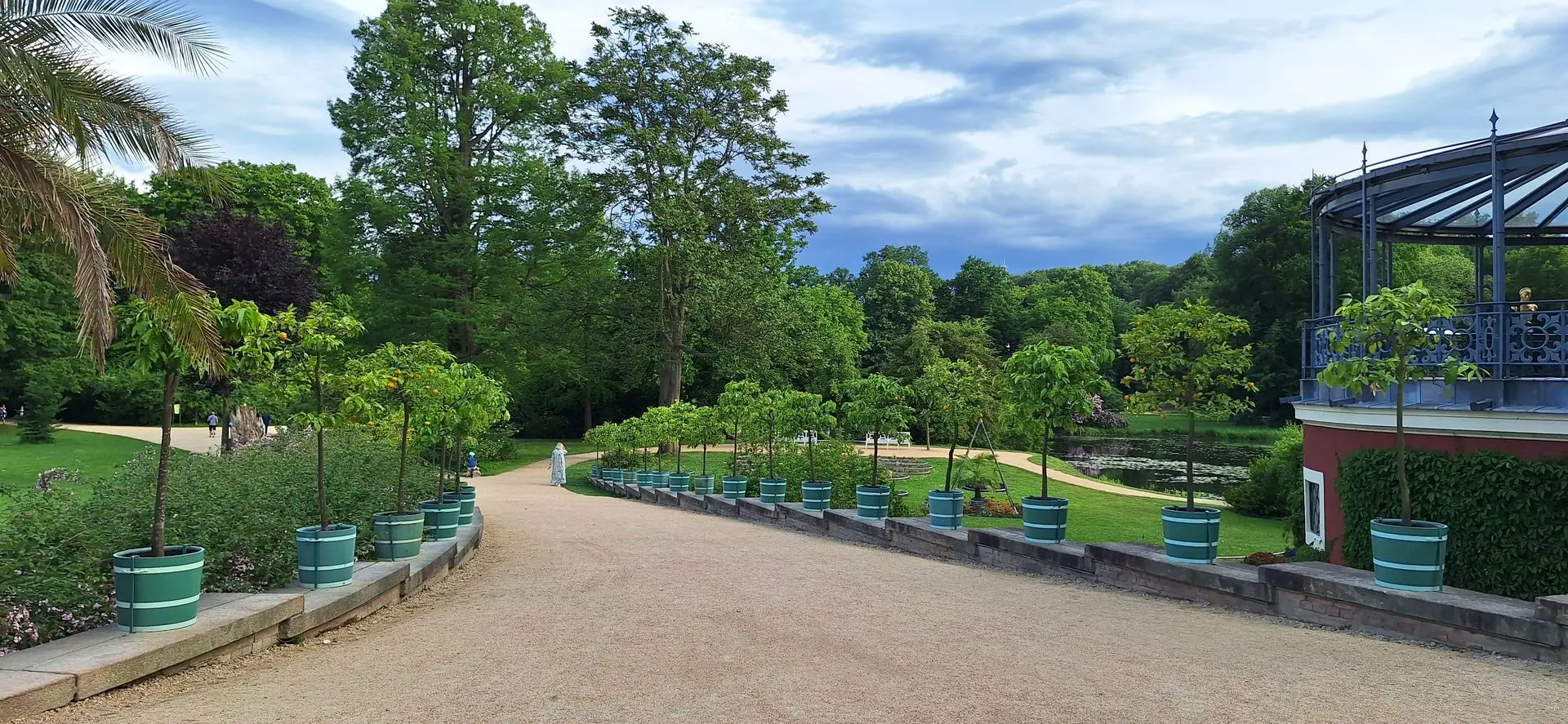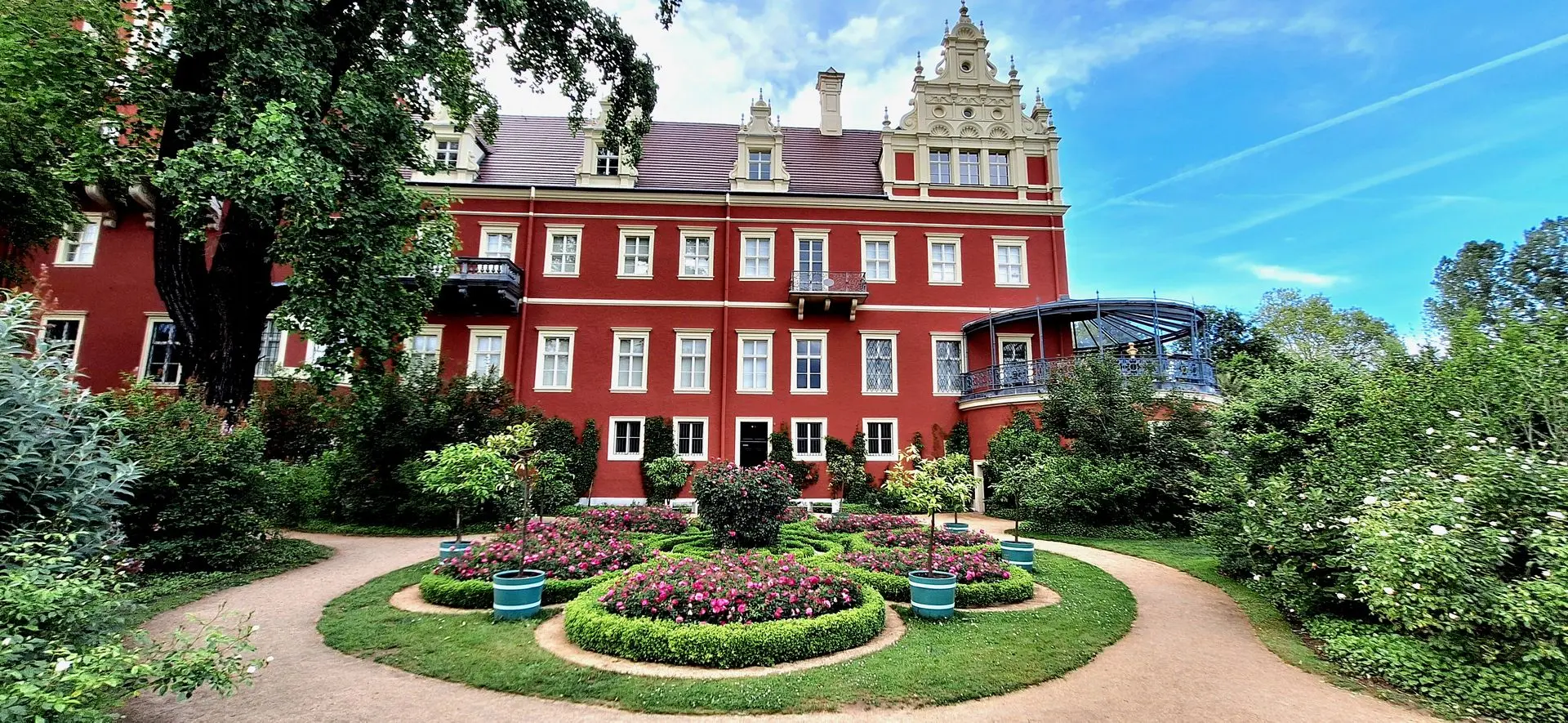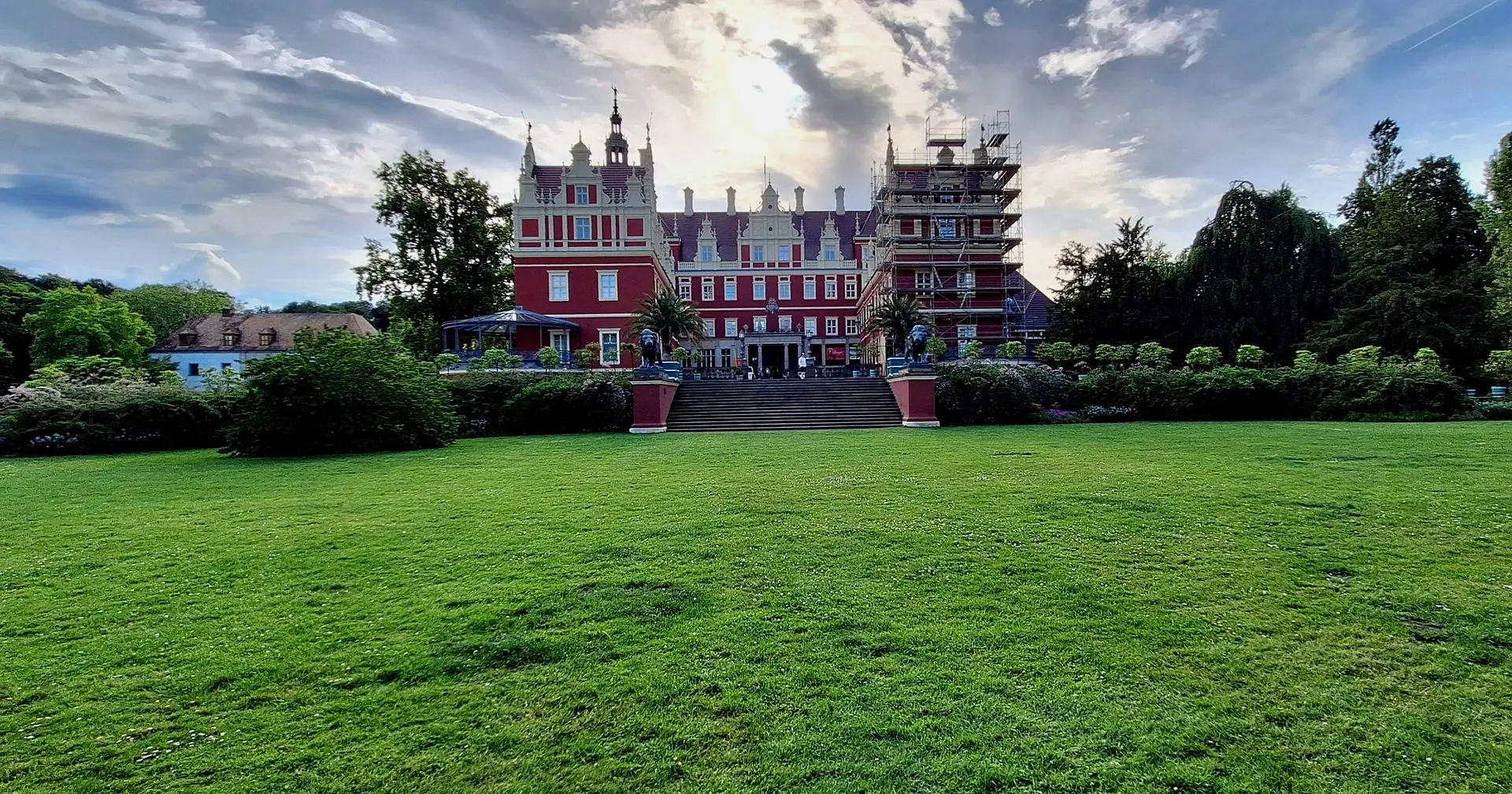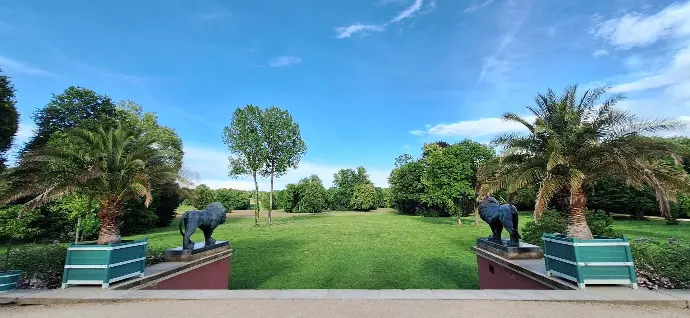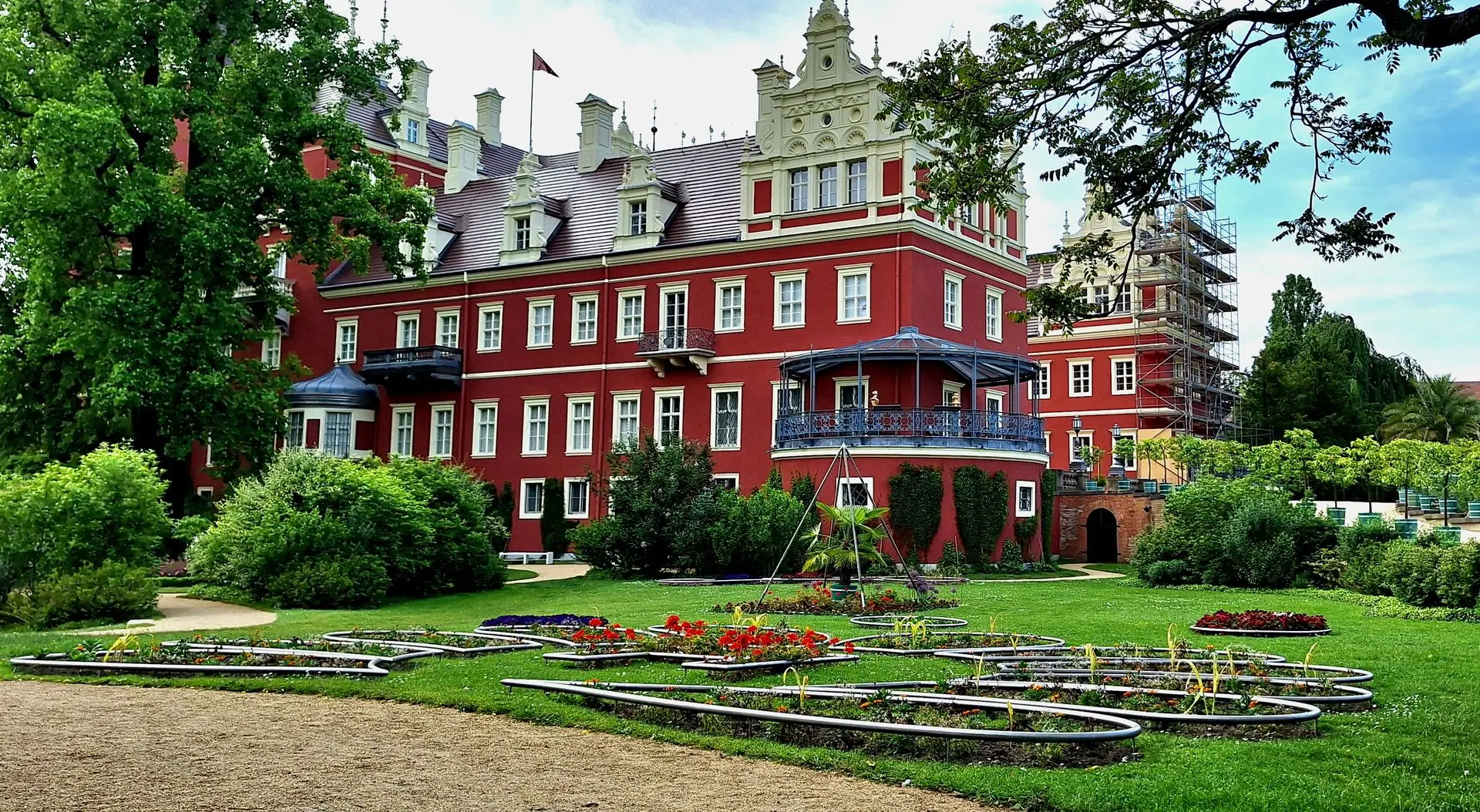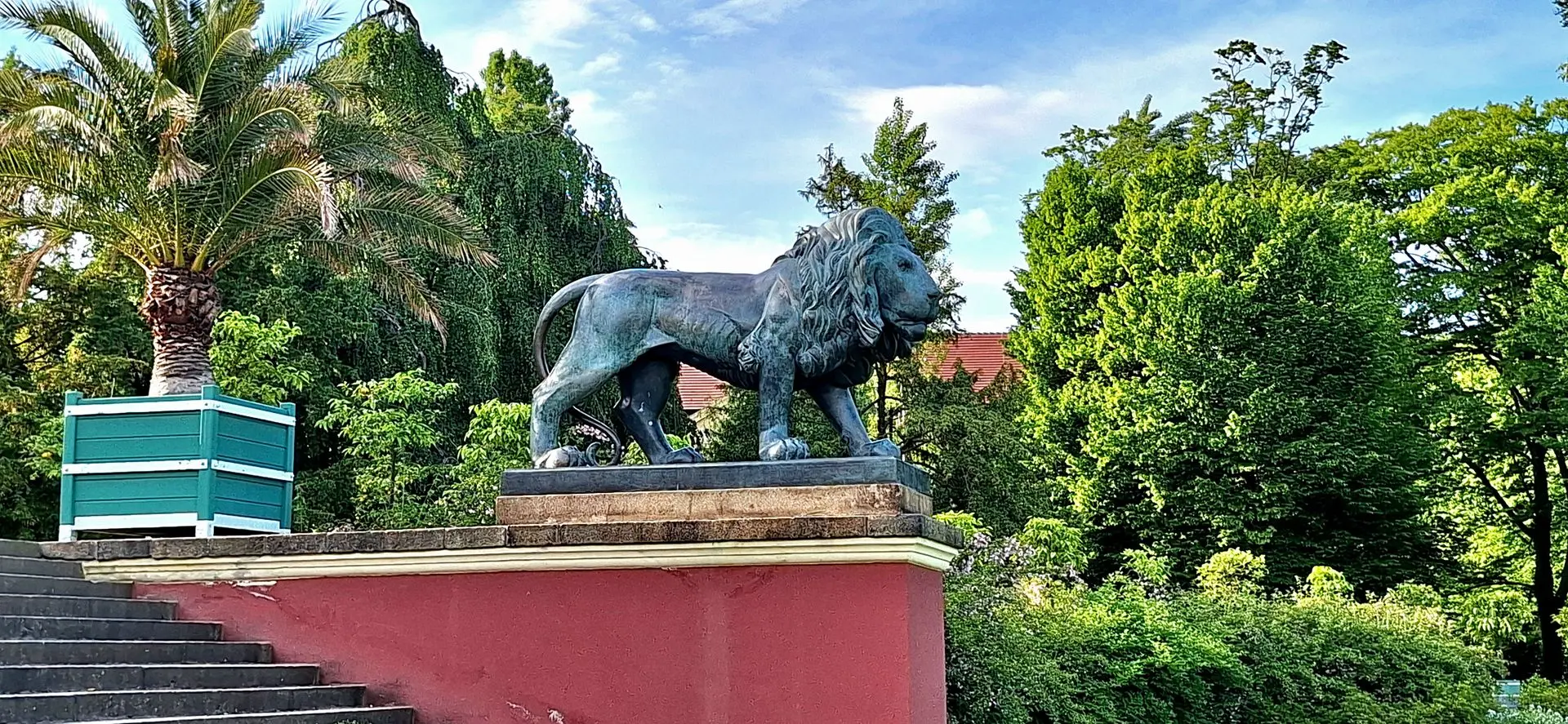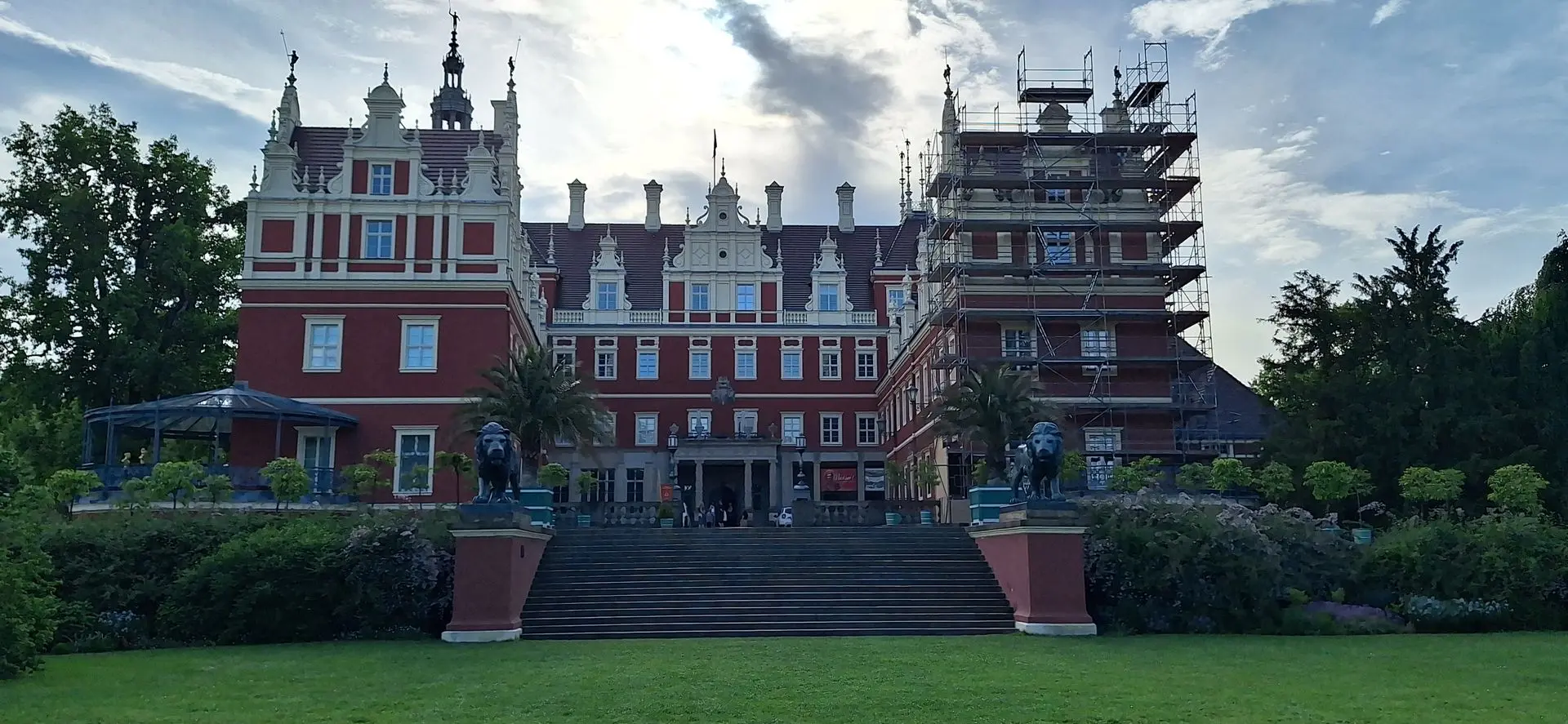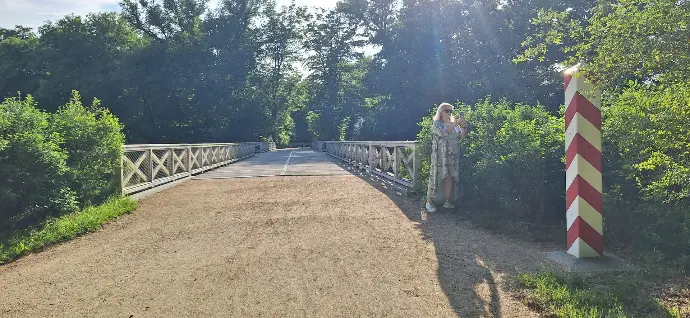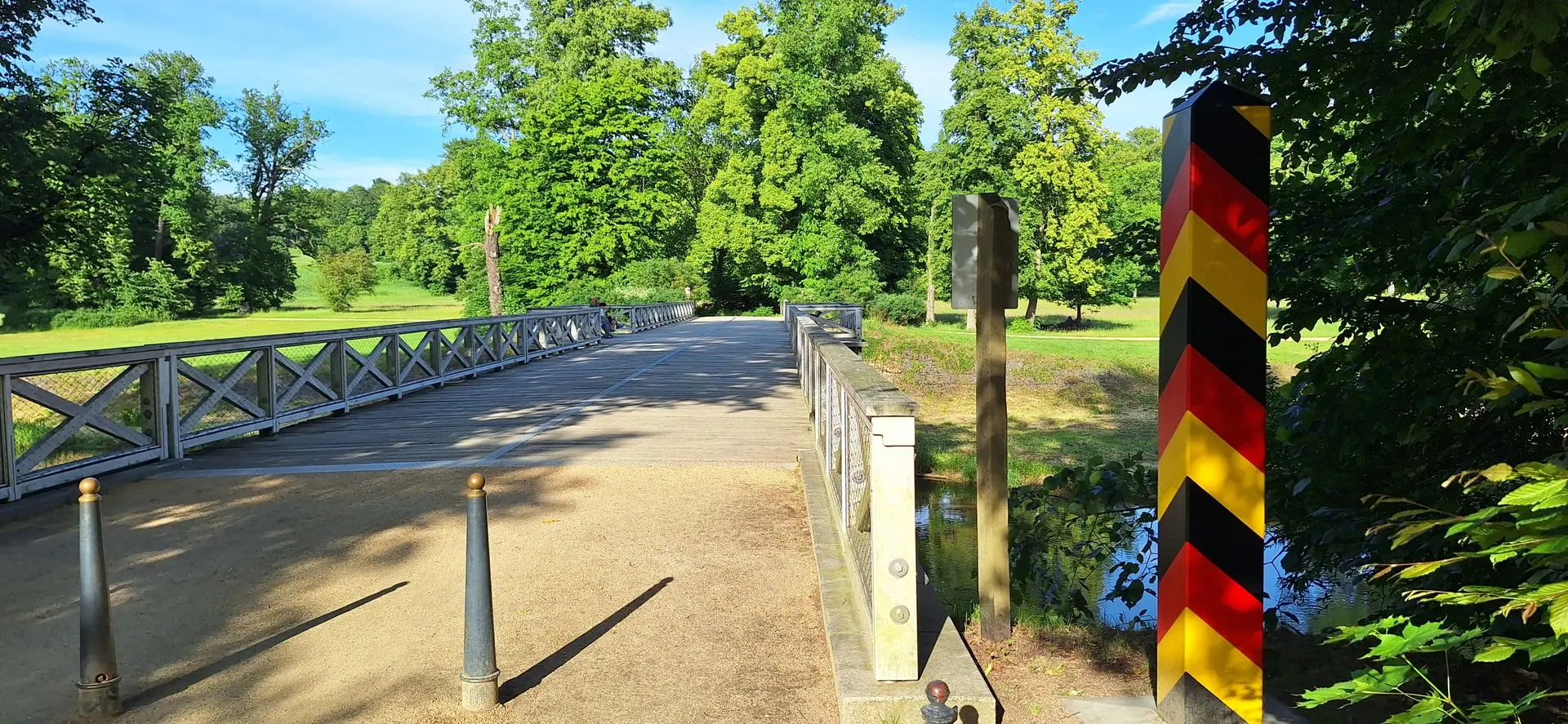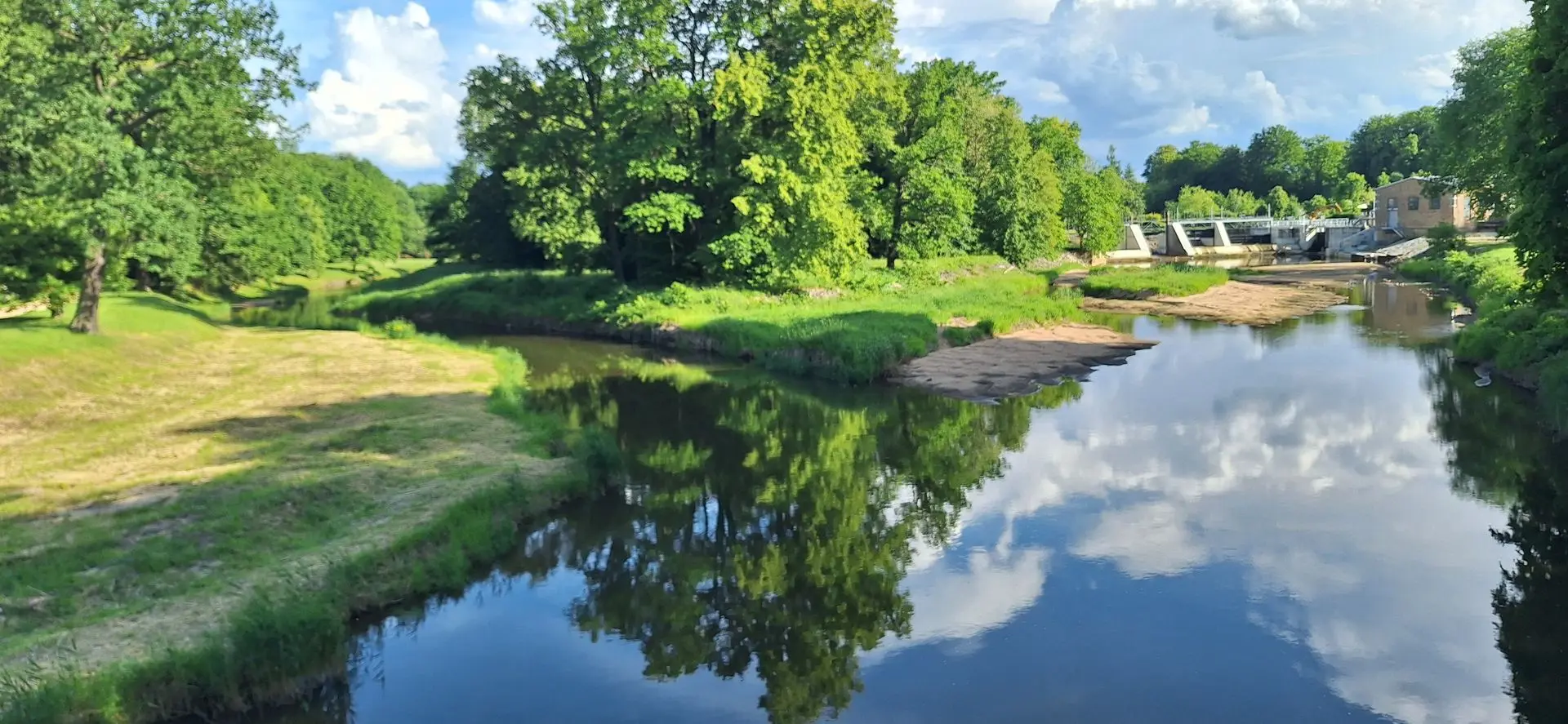On the border between Germany and Poland, where the Lusatian Neisse flows gently through a softly rolling landscape, lies one of Europe’s most impressive works of garden art – the Fürst-Pückler Park in Bad Muskau. It was created by a visionary, a world traveler, and a gardener in one person – Prince Hermann von Pückler-Muskau.
This place is not just a historical palace and park complex but a living testament to the idea that nature and art can coexist in harmony – and that humans should not tame nature but interact with it like a dance partner.
Pückler’s Green Utopia
Hermann von Pückler-Muskau (1785–1871) was an extraordinary figure: an eccentric, a writer, a diplomat – but above all, a passionate garden lover. Inspired by the idea of the English landscape garden, where nature is not dominated by geometry but subtly stylized, he created his life's work in Muskau.
As early as 1815, he began transforming his family estate into an ideal park – a place where every view looks like a painting and every walk resembles a poetic journey through space and time.
Today, his creation covers more than 700 hectares – on both sides of the Neisse River – making it the largest English-style landscape park in Central Europe. Since 2004, it has been a UNESCO World Heritage Site.
Floral Diversity and Masterful Composition
What sets Fürst-Pückler Park apart from other gardens of its time is not only its impressive size but, above all, the compositional sophistication crafted with painterly sensitivity. Trees and shrubs were not planted at random – each group forms a "living picture."
You’ll find majestic plane trees, pedunculate oaks, beeches, as well as more exotic species such as ginkgo biloba, bald cypress, magnolias, and tulip trees. In spring, the park explodes in color – hundreds of azalea and rhododendron species form vibrant patches that contrast with the gentle green of the lawns.
Pückler chose trees not only for their appearance but also for their fragrance, leaf structure, and the way light filters through their canopies. To him, the park was like a symphony – every landscape zone had its own melody.
A Paradise for Gardeners and Plant Lovers
For garden enthusiasts, Fürst-Pückler Park is more than a place for walks – it is a living laboratory of English landscape style and a dendrological treasure trove. Over 150 tree and shrub species were used throughout the park, arranged according to the principle of “natural asymmetry” – seemingly free but carefully composed.
Notable examples include:
- Rhododendrons and azaleas (Rhododendron spp.) – thriving in partial shade on humus-rich soil, blooming intensively from late April to June
- Pedunculate and sessile oaks (Quercus robur, Quercus petraea) – forming the majestic backbone of the landscape
- American tulip trees (Liriodendron tulipifera) – with their characteristic tulip-like flowers
- Ginkgo biloba – a tribute to East Asian garden traditions
- Japanese and red maples (Acer palmatum, Acer rubrum) – bringing vibrant autumn colors to the landscape
There are also naturalistic forest-floor communities with species such as periwinkle, wood anemones, corydalis, and lungwort. Educational trails and botanical panels make the park an inspiring source for landscape architects and hands-on gardeners.
The Palace as the Heart of the Park
At the center of this green kingdom stands the New Palace – a neoclassical residence that Pückler redesigned to serve as the calling card of his garden. Surrounded by a picturesque pond and overlooking artfully designed landscapes, the palace was not just a residence but a stage – for guests, ideas, and horticultural creativity.
Today, it houses the visitor center, historical exhibitions, and extensive documentation of Pückler’s work as a landscape architect.
A Cross-Border Garden
Remarkably, the park spans both the German and Polish sides of the border. The Polish section, known as the Eastern Park (often referred to as “Park Mużakowski”), is an integral part of the overall concept. A walk across the Neisse bridge becomes a symbolic journey – not only between countries but also between eras, styles, and garden cultures.
Both sides work closely together today, and the restoration of the park is the result of international cooperation and meticulous heritage conservation.
Pückler – A Romantic with a Gardener’s Soul
To Pückler, the park was more than mere decoration. It was a manifesto of his life philosophy – a belief that the beauty of nature heals, inspires, and connects people across boundaries. His gardens are not rigid compositions but living landscapes that change with the seasons and come alive from every new perspective.
Pückler once said, “Garden art is the art of quiet emotions” – and this emotion is still palpable today when standing on a viewing hill or strolling along a shaded avenue.
Culture in the Green – Festivals of Art and Music
The park in Bad Muskau is not only a natural and cultural monument but also a vibrant stage for contemporary culture. In summer, classical and jazz concerts, open-air piano evenings, as well as exhibitions of contemporary and nature-inspired art installations take place here. Especially popular is the Muskau Summer Concert, where music resounds between trees and water, creating an unforgettable atmosphere. Contemporary art meets the romantic spirit of the 19th century – an unusual but fascinating harmony that attracts culture lovers from all over Europe.
A Place for Contemplation – Not Just for Botanists
Fürst-Pückler Park in Bad Muskau is an ideal place for garden lovers as well as for those seeking peace, space, and inner balance. Walking its paths, one feels a deep serenity – as if time flows more slowly here, and nature whispers stories from times long past.
In spring and summer, the park hosts gardening exhibitions, guided tours, and open-air events. It is not just a monument of the past, but a living center of garden culture.
Conclusion
Bad Muskau and its park are not only a jewel of Lusatia – but a gem in the crown of Europe’s garden heritage. Prince Pückler’s vision has endured through the centuries, not as a completed chapter, but as a living inspiration for all who believe in the power of beauty, harmony, and dialogue with nature.
Author:
Marcin Janas
